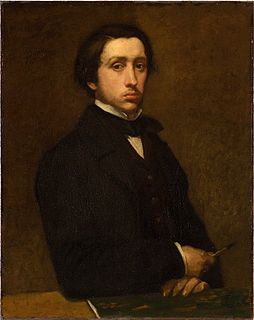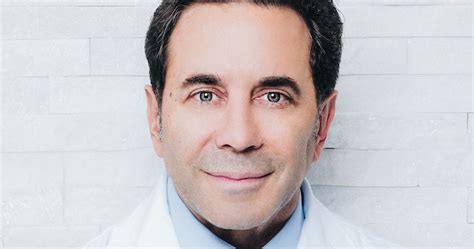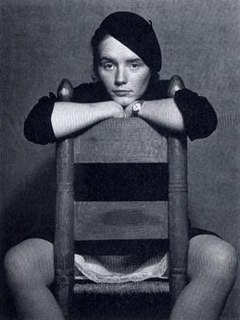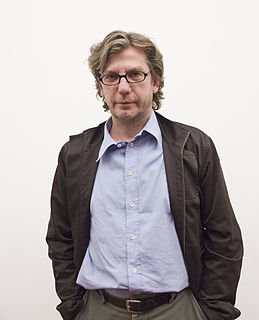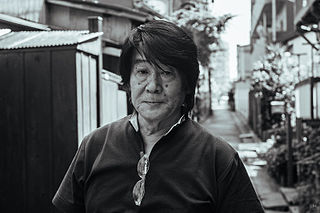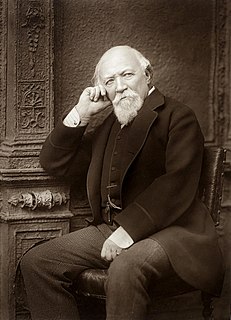A Quote by Edgar Degas
Do portraits of people in familiar and typical attitudes, above all give to their face the same choice of expression that one gives to their body.
Related Quotes
I think love is often a bit selfish, even before we had consumerism. That's not new. A consumer society gives you the illusion of having massive amounts of choice and saddles you with the freedom of being able to dabble in that choice. And at the same time, you are left with the tyranny of self-doubt and uncertainty about whether you made the right choice.
When I take photographs, my body inevitably enters a trancelike state. Briskly weaving my way through the avenues, every cell in my body becomes as sensitive as radar, responsive to the life of the streets... If I were to give it words, I would say: "I have no choice... I have to shoot this... I can't leave this place for another's eyes... I have to shoot it... I have no choice." An endless, murmuring refrain.
